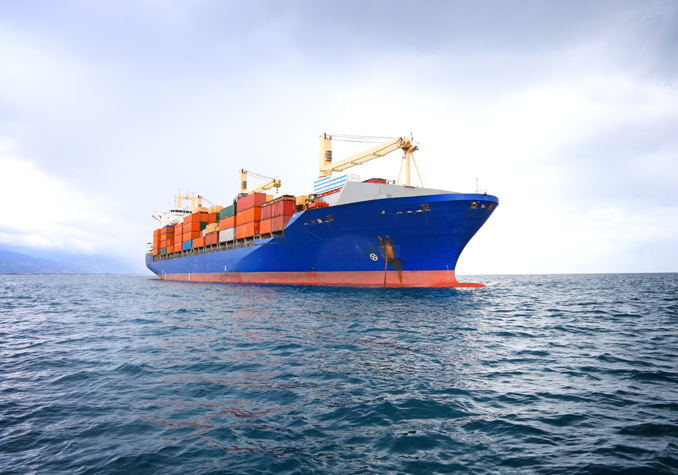Vietnam is all set to transport between 500 million and 600 million tonnes of sea cargo this year
The target that Vietnam has set for sea cargo delivery is between 500 to 600 million tonnes this year but Vinamarine is hoping, under the strongest development in country’s industrial transport sector, that by 2020 they will be able to transport between 900 million to 1.1 trillion tonnes.
Is it achievable?
If you look at the long coastline and the geographic position of Vietnam then yes, this target is pretty achievable. But there is one big problem in turning this plan into reality, and that is the fact that country’s exports transportation is majorly in the hands of foreign cargo carriers.
For many years the sea transport industry has been voicing about their losses in the market share but the domestic businesses have not shown any changes to help them survive.
Are foreign carriers better?
According to Vinamarine, the biggest advantages foreign fleets have over domestic fleets are their offshore routes, long-term prestigious trademark and their global network which helps them in finding clients.
It isn’t that Vietnamese businesses don’t have the skilful crews or ships to conduct long trips, the only problem they are facing is that they don’t receive profitable orders to transport cargo both ways. For the time being, they are just receiving orders to transport cargo to the foreign shores but not any of bringing back. Consequently, it is a loss-making operation.
Why they don’t get both ways cargo?
One reason might be all those cargo owners who are in a long-term habit of buying goods on the bases of CIF (Cost, Insurance and Freight) method and selling those goods using the FOB (Free on Board) method.
This habit of theirs have made them loose their goods carriage rights. Now they only do business with the firms nominated by international clients.
Who has suffered major loss?
Vinalines (Viet Nam National Shipping Lines) is the best example of that company whose been continuously suffering losses in the past year. It has totalled losses of nearly US$928.7 million by December 31, 2014. This company owns 21 ships and most of them are used to carry dry bulk cargo.













